Disclosure: Please note that some links are affiliate links, and at no additional cost to you, we earn a commission if you make a purchase.
If you would like to support this website in some way, using these links will help do exactly that.
We spent the night as close to the castle as we could without being Prussian royalty. Specifically, a charming family-owned hotel, Hotel Brielhof where our little balcony looked out at the Hohenzollern up on the hill. When morning came, the castle was still hiding under a cover of fog.
We drove up steep Mount Zoller with the car as far as we could go. The rest of the way we took a tiny shuttle bus as far as it could go on the one-way road without a shoulder to pull off on. A glance out of the window made my heart race, surely a bellowing breeze could tip the bus over the edge. After, we still had a winding incline approach to walk, but it was within the castle gateway.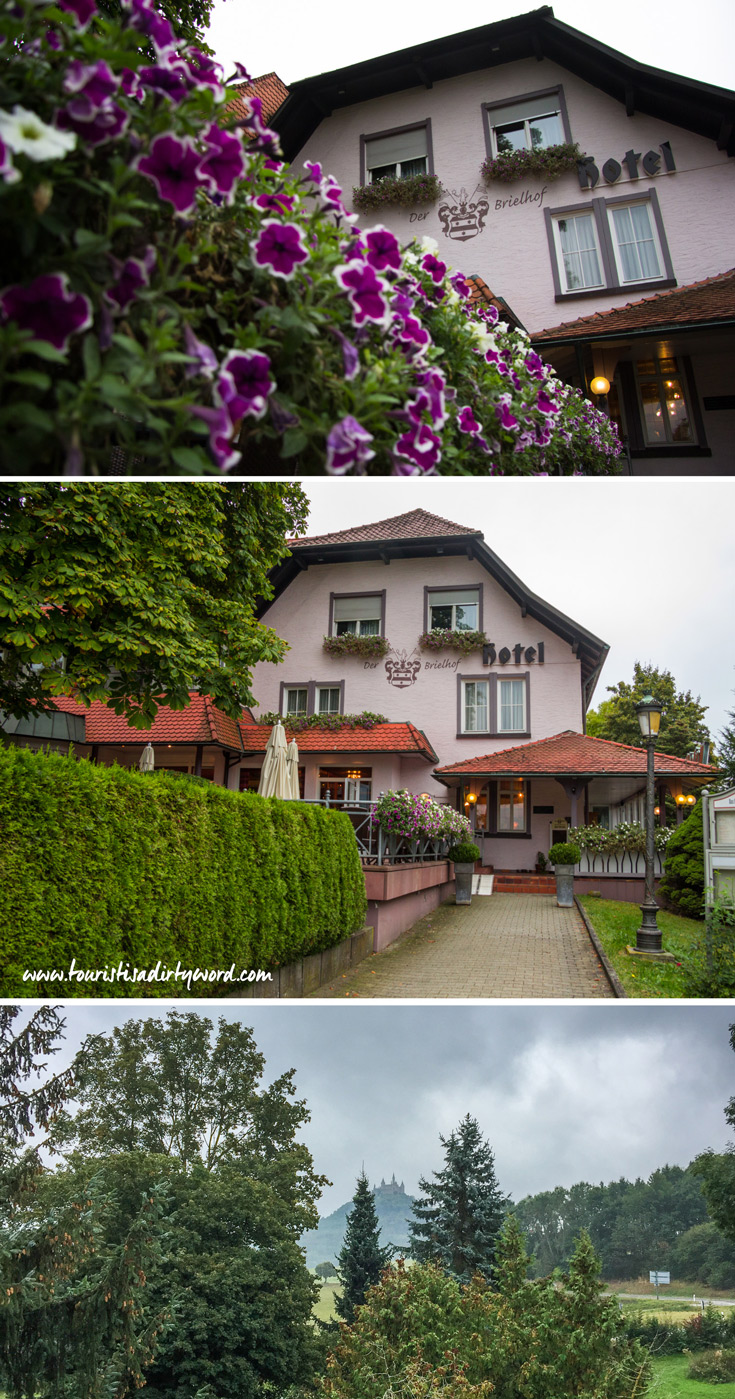
It was truly worth it to be early, as the only other people around were employees. I could stop and take pictures as much as I wanted and not disturb anyone. I teased Sebastian that he had rented the whole castle for my birthday. We went in and got our tickets (first tour of the day) and visited the gift shop already to purchase the accompanying booklet of the castle tour in English that the website recommended when no English tours are available (weekdays).
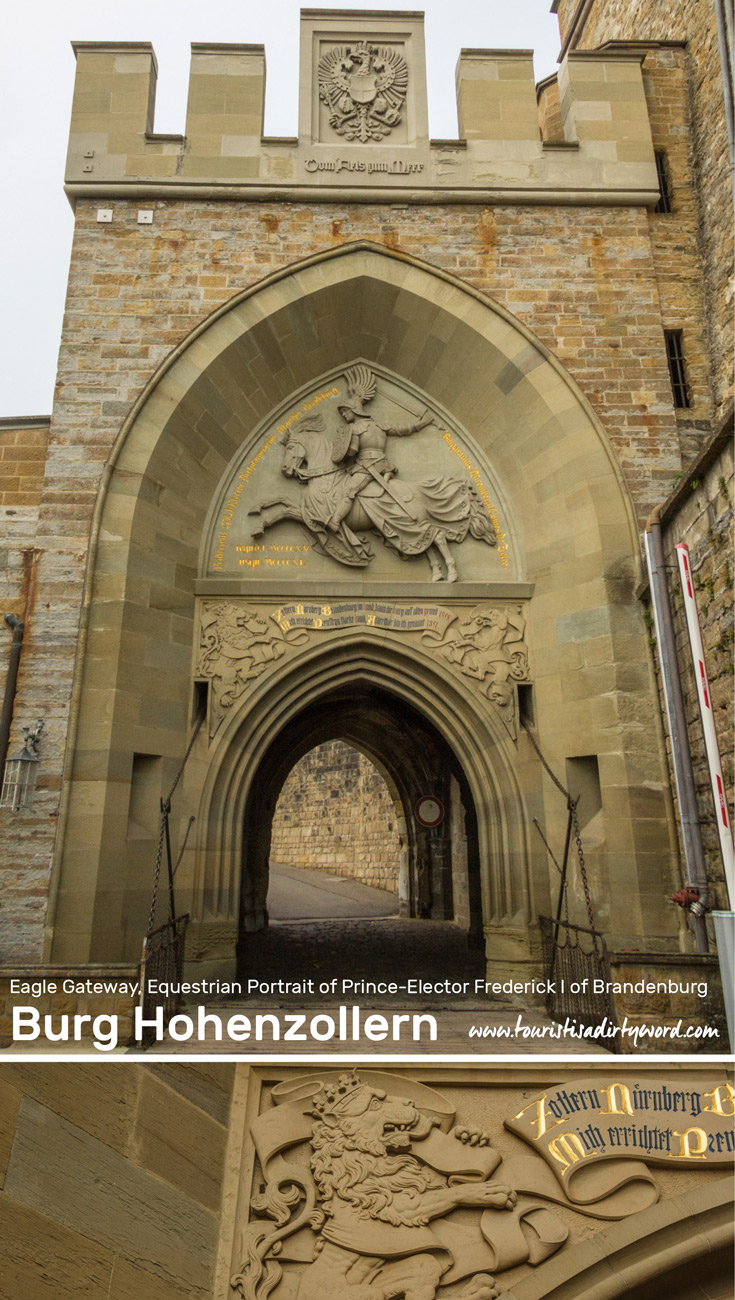
The booklet was only 4 Euros, nicely designed, historical photos and recent color photography throughout... it’s a nice souvenir. Photography is not allowed, so if you want to show family and friends at home what you saw, this booklet is the way to go. However, I realized during the tour that 75% of the English booklet was displayed on gigantic graphics throughout the tour, so it wasn’t as necessary to enjoy the tour as I thought. But since I had the booklet, I could stand wherever I wanted, and not worry about reading the signs. In the end, a nice souvenir for 4 Euros.

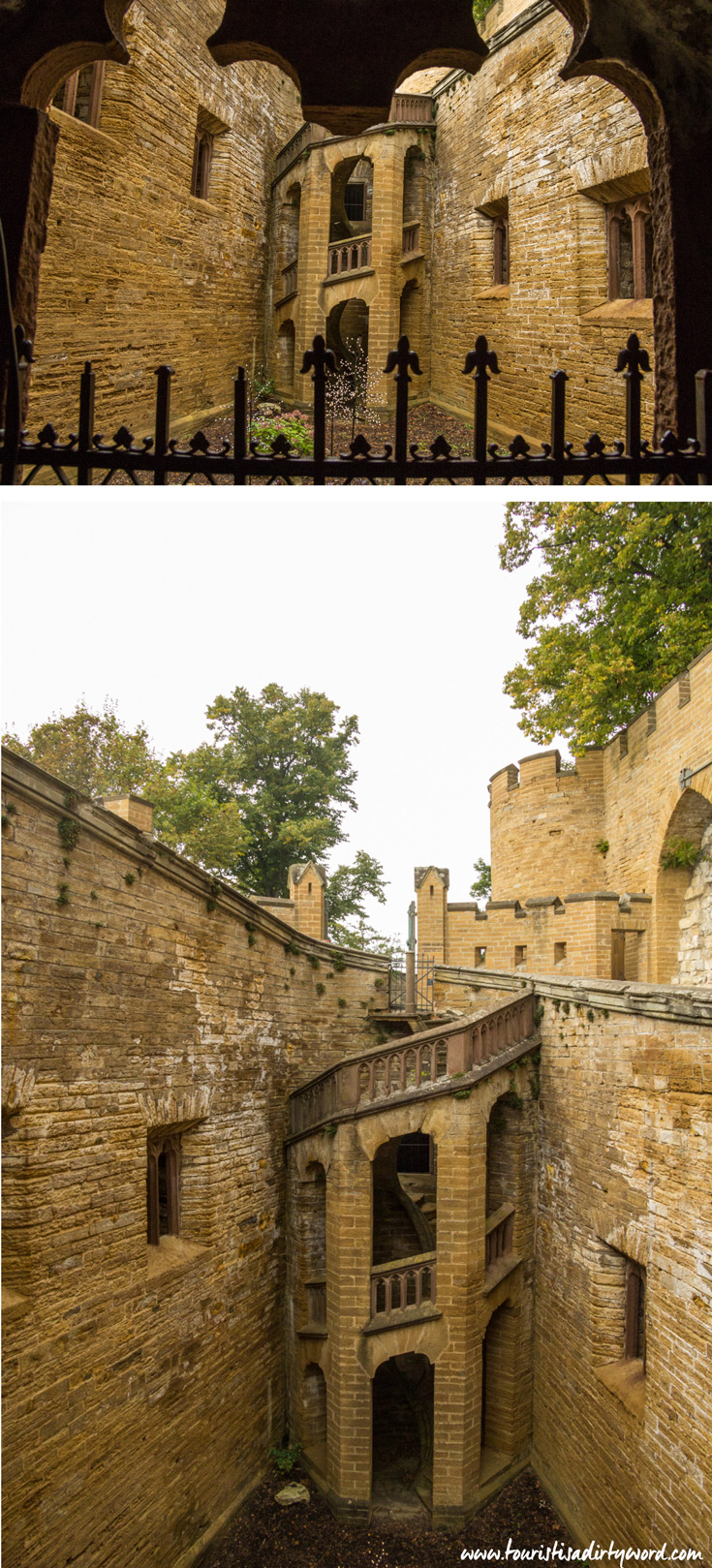
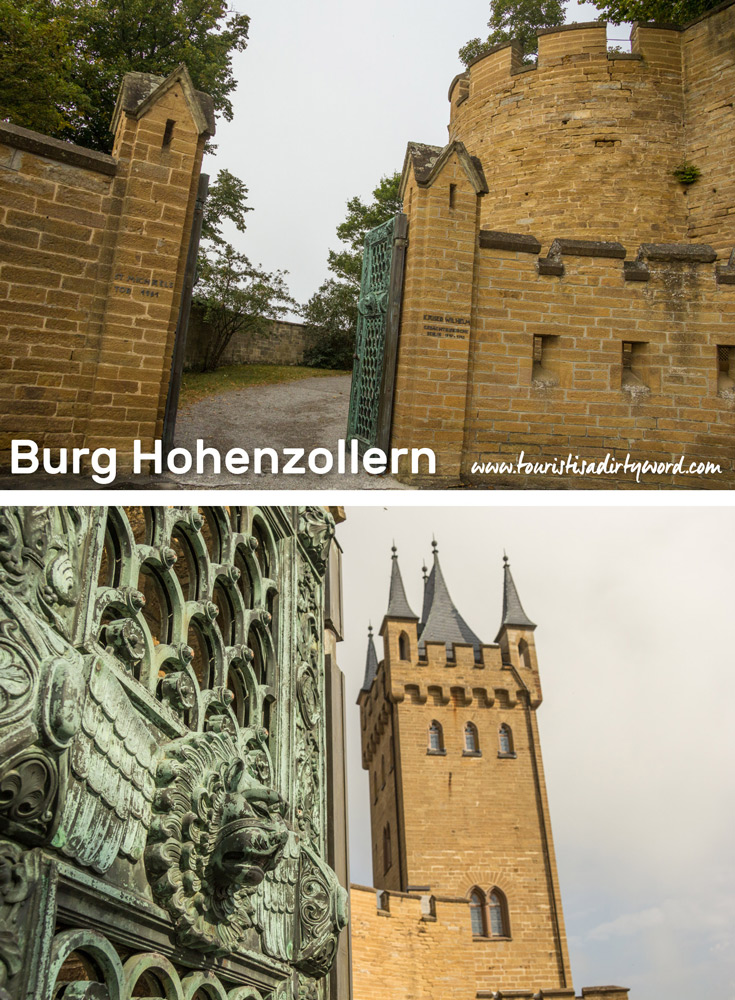
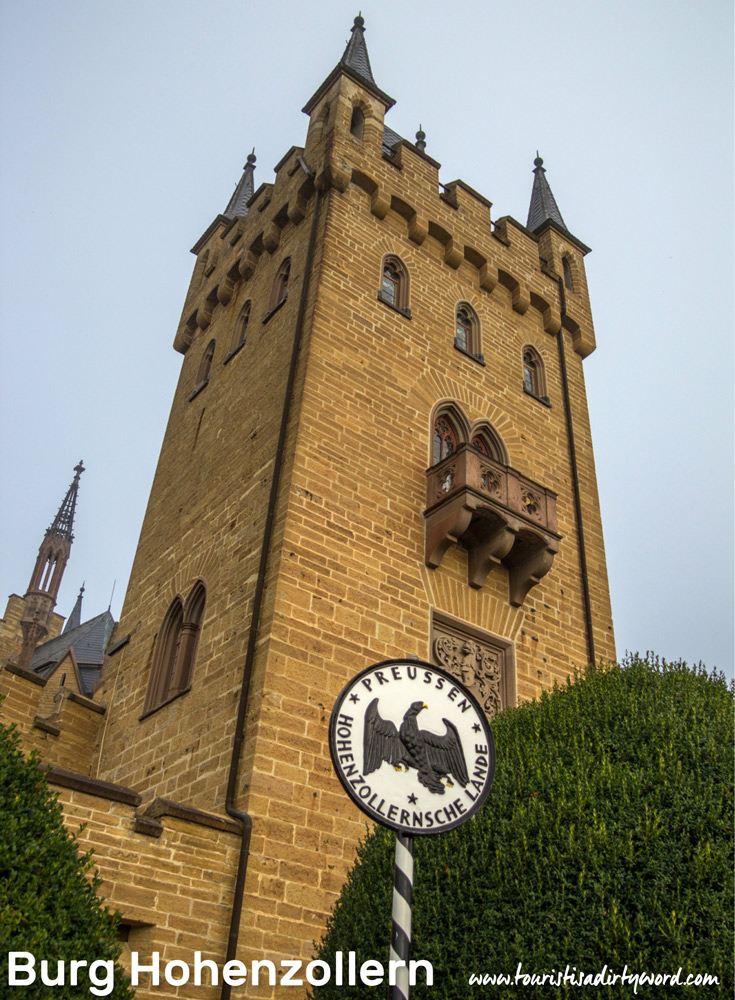
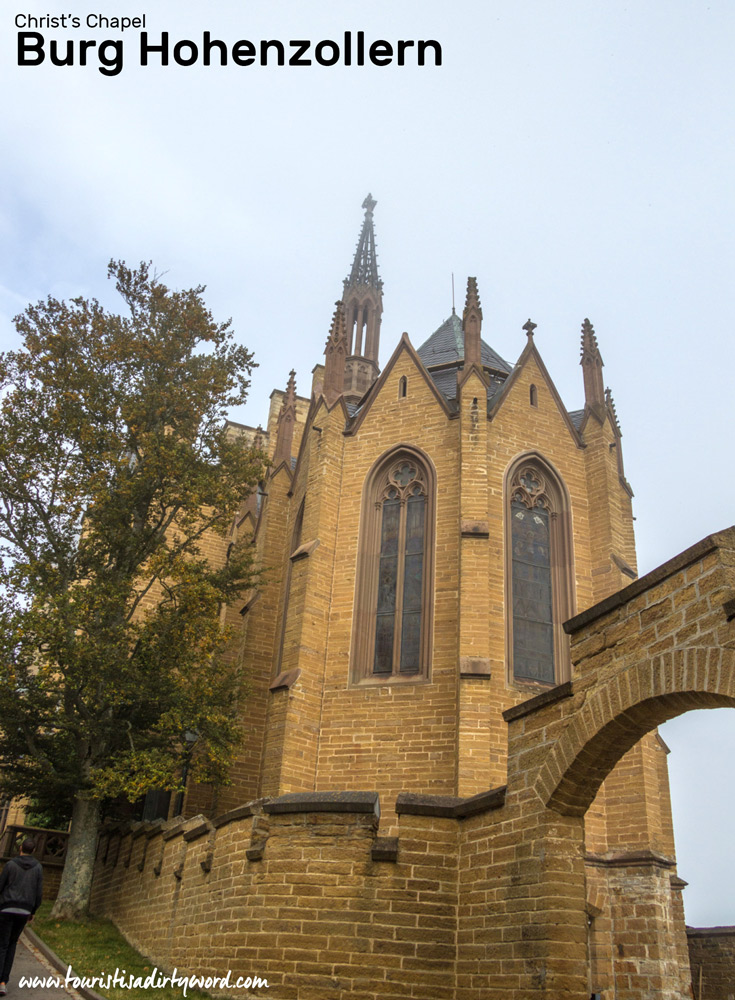
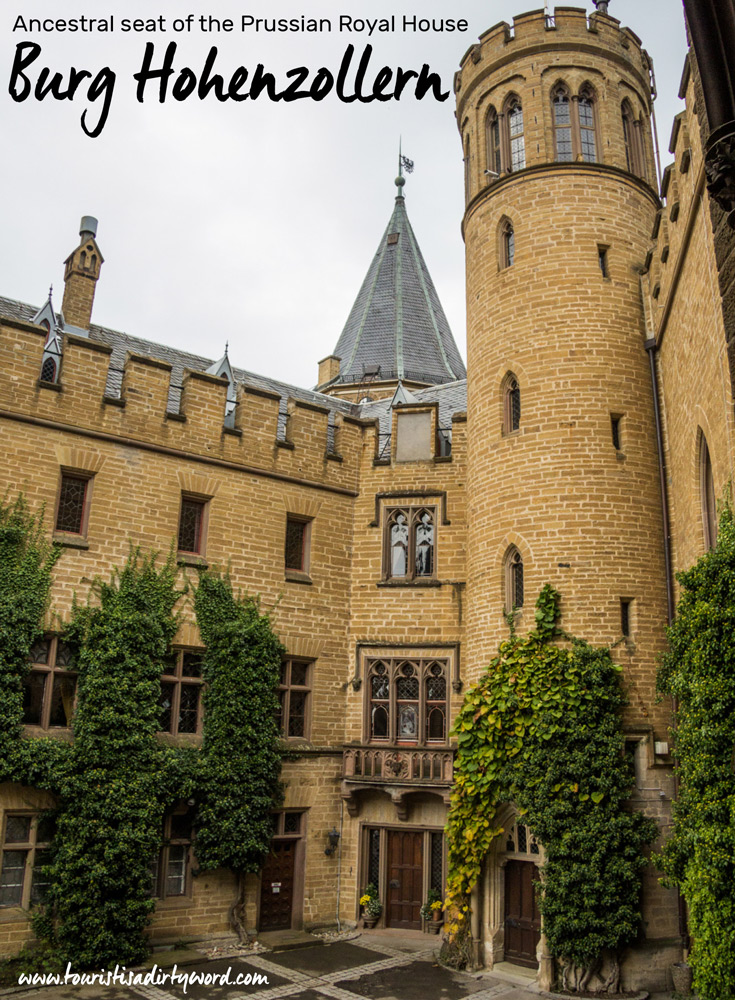
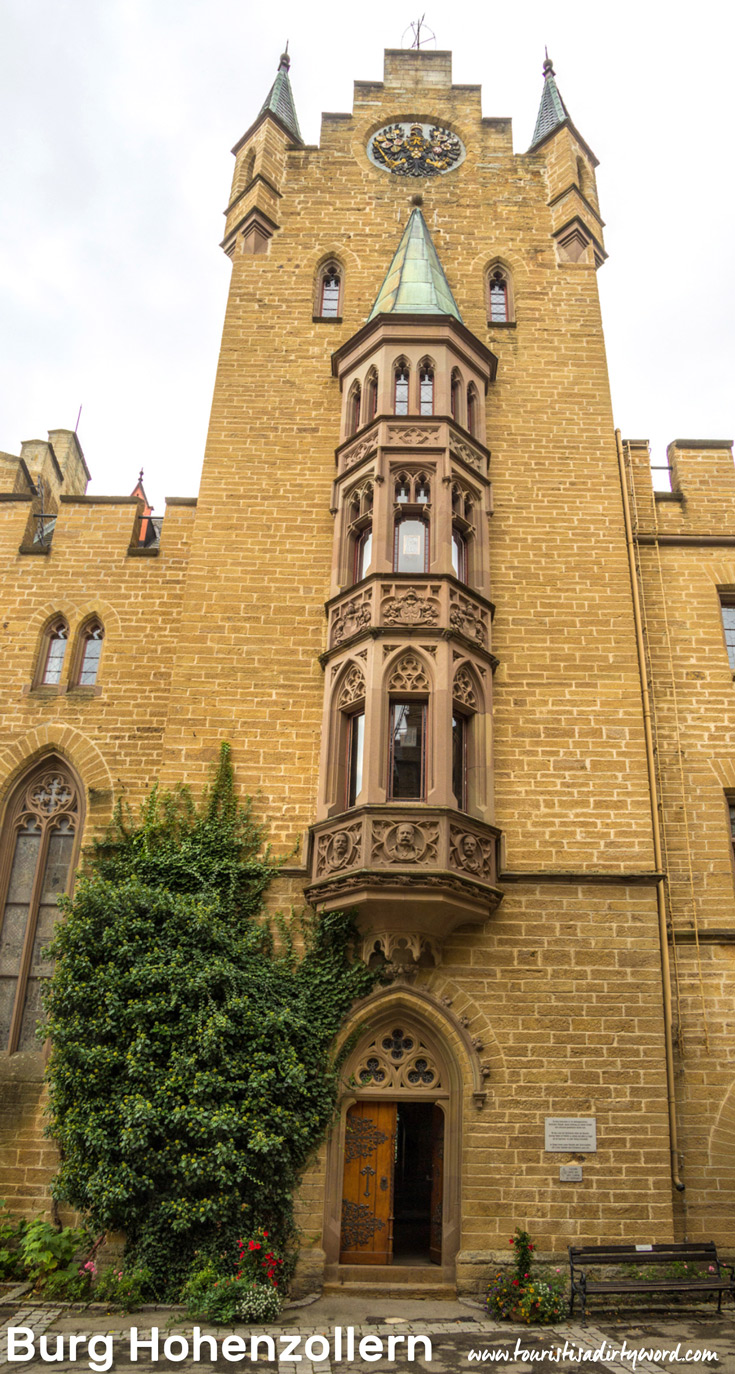
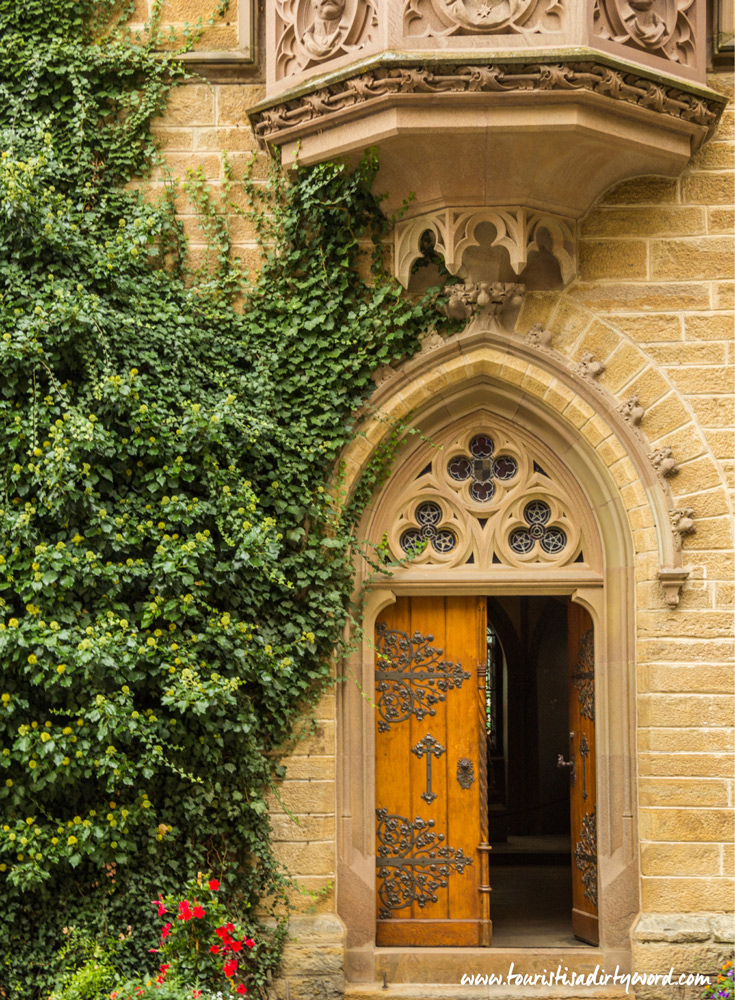
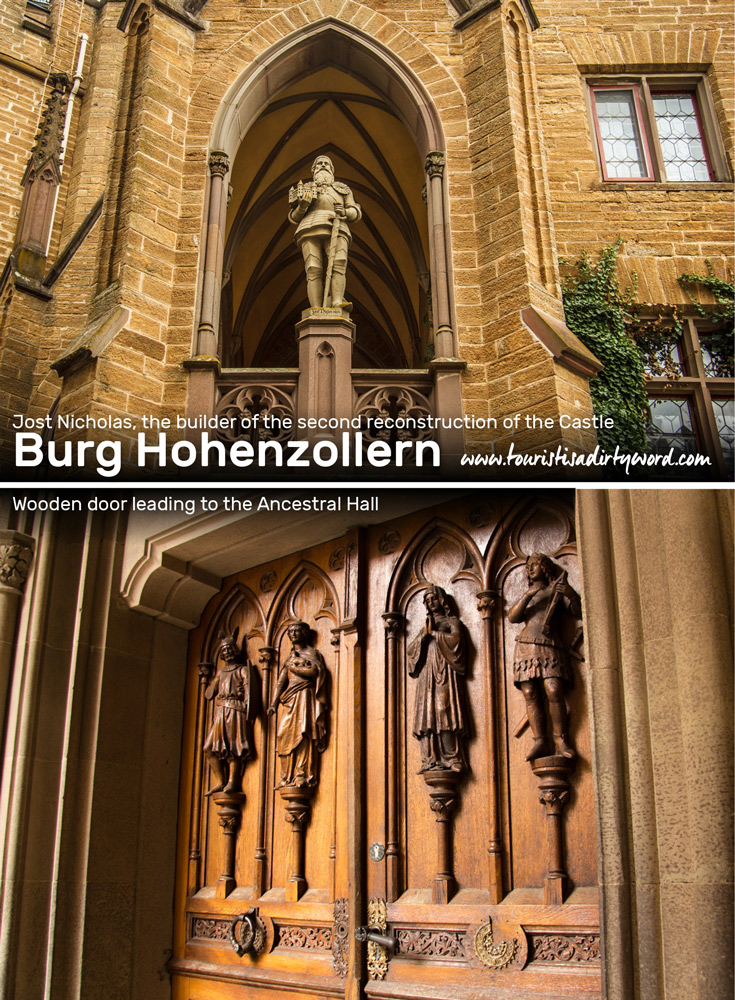
*Here are some photos from Burg Hohenzollern's website, to give you an idea of the tour. Photography is not allowed inside the castle.*
Only the Beginning
On my birthday, this was the first of three castles I saw in one day. After seeing Burg Hohenzollern, we drove further south to stay near Lake Constance, the Bodensee region. What were the other two castles? You'll have to wait until next month! It was a great birthday! Until then...
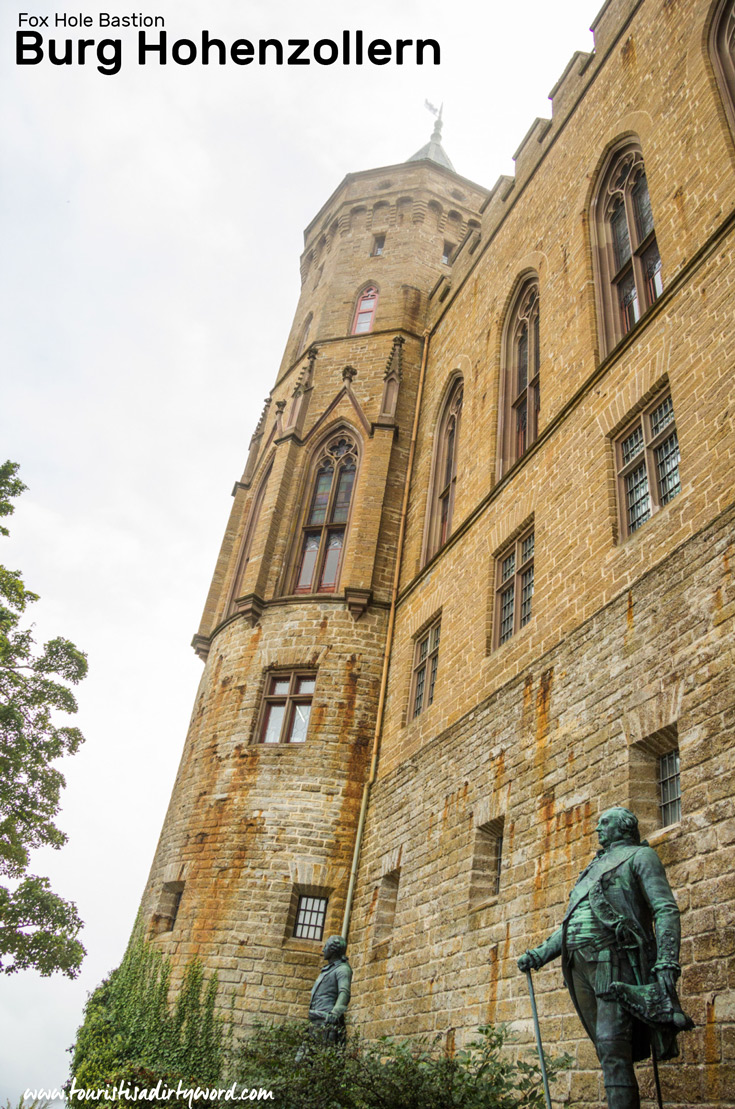
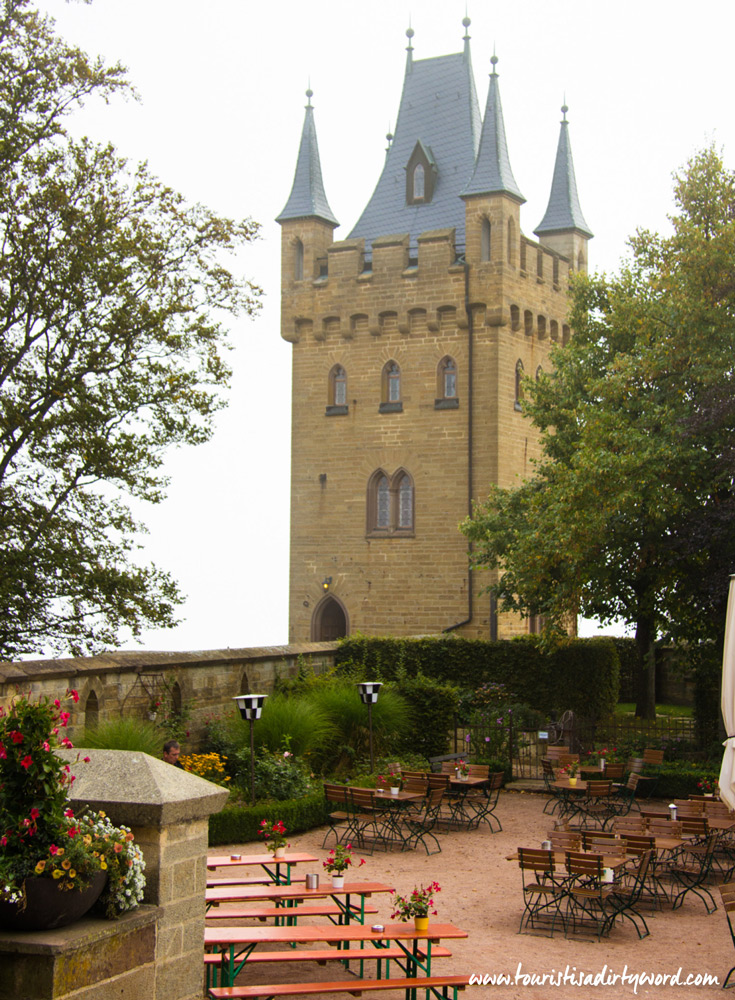
Follow Along
If you enjoyed this article, or these topics sound interesting to you, you'll love our weekly newsletter. You'll receive a free Germany Packing list for signing up, and you'll receive each week's newest posts every Friday. Thank you for reading!

You have to admit, the building is impressive. It reinforces the idea that you’re about to witness man-made achievements before you even buy your ticket. I wonder if the architects were playing against the idea that you should think outside the box when they decided to literally build a modern, cold-looking, glass box, and then enclose the art in warm, Jurassic-age limestone. The new museum building was opened in 2005, and designed by architects Hascher and Jehle, the triumphant winners of a competition amongst 341 architect offices. They sought and accomplished building a museum that offered varied exhibition spaces, and felt open to the city outside. For the museum visitor, the act of changing floors is both becoming a part of the public art of the museum architecture itself, as revealed by the glass windows to passersby outside, and a visual delight with its panorama views of the city-center.
Swabian Impressionism
Thanks to Count Silvio della Valle di Casanova's donation of his private collection of Swabian Impressionist works in 1924, the Kunstmuseum Stuttgart had a hearty foundation to start. Impressionism is my favorite art period, and the ‘Swabian’ element grabbed my curiosity. What made this Impressionist collection ‘Swabian’? Swabia refers to a region of fluctuating borders within Germany, one that usually included the city of Stuttgart. In today’s geography Swabia has been swallowed up by the states of Bavaria and Baden-Württenberg.
Swabian Impressionist referred to where the artists were from, more than a different variation of Impressionism. Although some may point out that their paintings consisted of more earthy tones than their French counterparts, this was in reflection of the Swabian landscapes they were depicting. The names to know are Hermann Pleuer, Otto Reiniger, and Christian Landenberger. Hermann Pleuer, whose landscapes often included some form of rail or trains in the scene are easy to identify. Impress your friends when you name the artist without looking at the calling card.
Otto Dix
We’ve discussed Expressionism before as it related to the architecture of a special street in Bremen, Germany called Böttcherstrasse. You can check out those earlier posts here, Böttcherstrasse: An Introduction (Part 1), Paula Modersohn-Becker Museum (Part 2) Mostly Expressionist, Sort of North German Gothic (Part 3). Expressionism also has a painting counterpart, a style that Otto Dix is very well known for. He distorted the figures in his painting for an emotional effect, to express a feeling. Expressionist; expressing feeling.
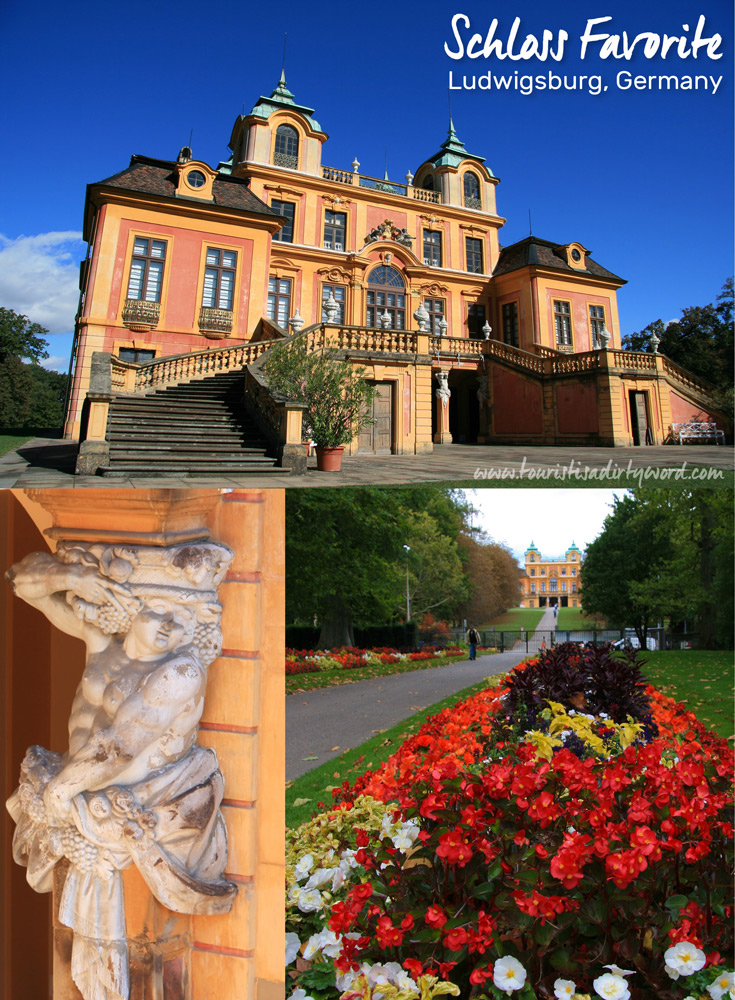
When you have it all, the big palace with the big garden, dozens of servants to cater to you, riches to spend, a court to entertain, armies to oversee, the next thing you need is somewhere to escape. This is Schloss Favorite, a getaway from getting everything you ever wanted. I’m not being snarky, this really was the purpose!
The Pheasants Can Stay
If you leave Residenzschloss Ludwigsburg from the embroidery-style garden in the north, part of Blooming Baroque, you’ll see Schloss Favorite straight ahead upon a little hill. The palace started out modestly as a pheasant farm. In 1713, Duke Eberhard Ludwig ordered a pleasure palace to be built. The pheasants could stay, for now. Schloss Favorite was never intended to be a permanent residence, but solely an entertainment venue.
The original baroque exterior was designed by Donato Giuseppe Frisoni. The Italian-inspired flat roof terrace that provides a panoramic view of the park and additional entertaining space, unfortunately is not suited to German rains. Water coming inside the palace has been a never ending problem for conservators. Hurry and tour the interiors of Schloss Favorite before it is closed for roughly a year’s worth of restoration, starting in January 2017.
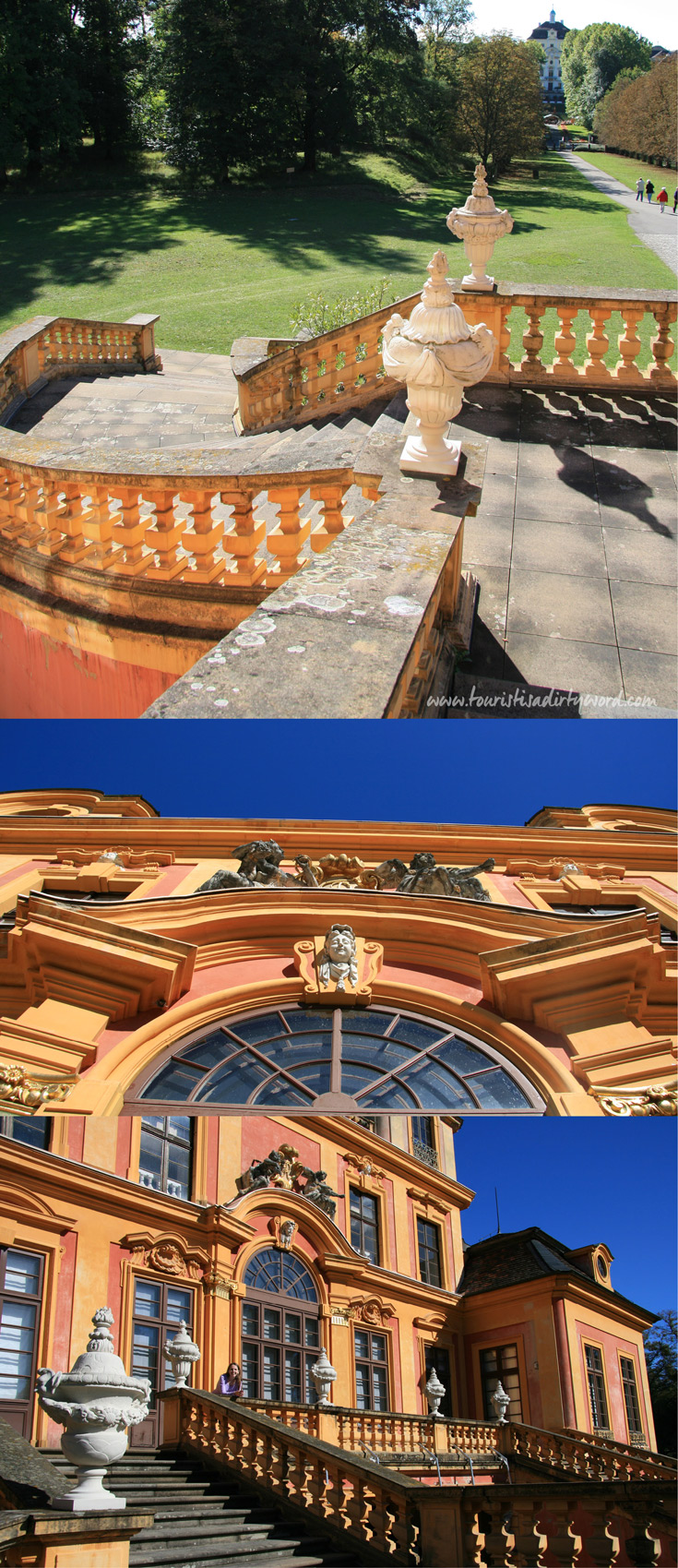
My Favorite Part of the Tour
During this time of history, there was only two ways of listening to music, through a mechanical music box, or with live musicians. While musicians are great, they take up valuable dance floor space. To the shock and delight of the dancing guests, there is a hidden gallery at the top of the great hall where the musicians play, out of the way. The four towers have staircases inside them, but only two of them go from the ground to the roof terrace. In order for the musicians to remain secret, tucked away in their hidden gallery, they had to climb up one tower, cross the roof terrace, and descend down another tower. During our tour we had the opportunity to climb up, and it was shockingly confining. It must have been really challenging for the musicians with large instruments!
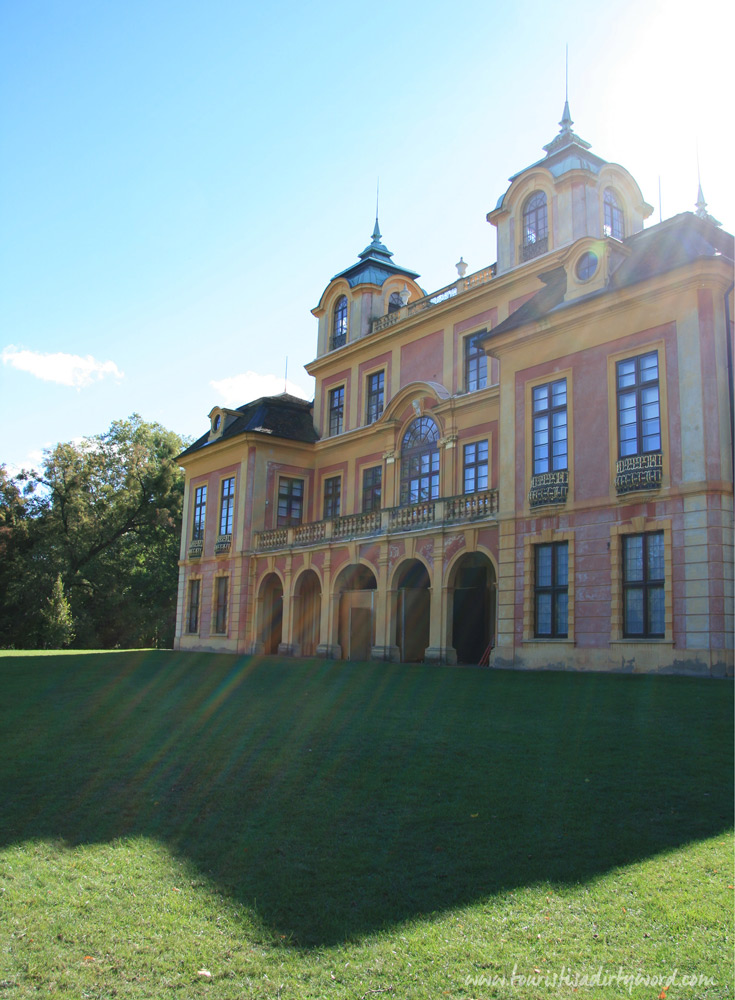
The Pheasants Must Go
Schloss Favorite continued to host parties as it was built from Duke Eberhard Ludwig’s through Duke Carl Eugen’s time, even serving as an excellent vantage spot to shoot off fireworks to celebrate Eugan’s wedding to Elisabeth Friederike of Brandenburg-Bayreuth. Duke Carl Eugen’s only complaint was the pheasants, who packed their bags, and were soon replaced with deer.
In 1806, the first King, King Frederick I of Württemberg instructed the court architect Nikolaus Friedrich von Thouret to update Schloss Favorite’s ‘out of style’ Baroque decor with trending ‘Neo-classical’. One room is left original to Eberhard Ludwig’s time, in the Baroque style.
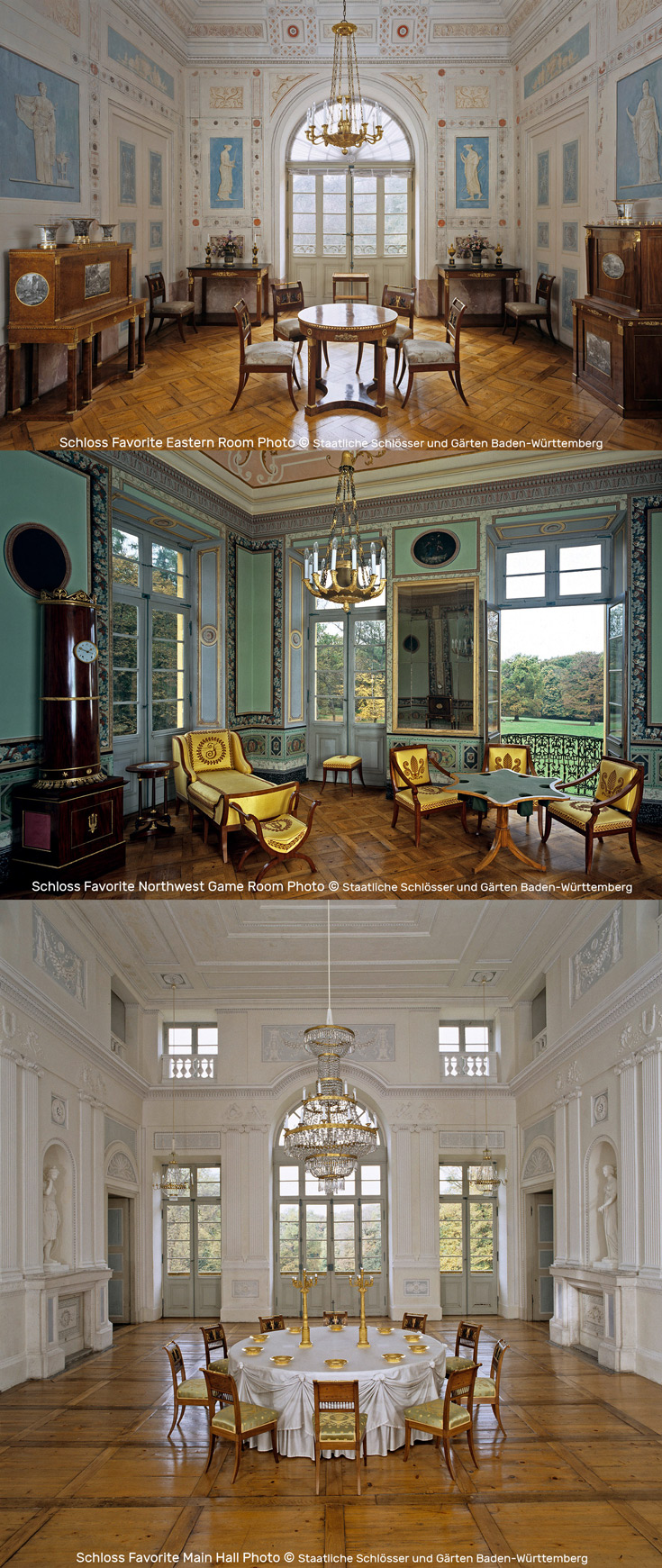
Follow Along
If you enjoyed this article, or these topics sound interesting to you, you'll love our weekly newsletter. You'll receive a free Germany Packing list for signing up, and you'll receive each week's newest posts every Friday. Thank you for reading!

